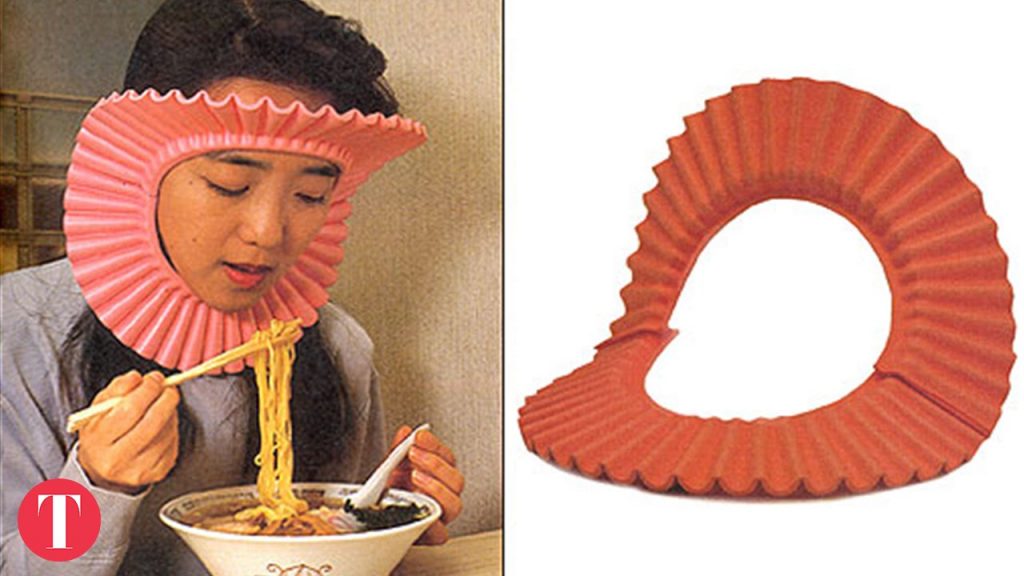Women’s Bikini Throughout History

Women’s swimwear through all its stages: the one piece, the corset, the high waisted bikini, the bikini, the V kini and the thong bikini.
Every year, there comes a time when summer is finally here. All we can think about is taking out that famous one piece to rock out under the sun. A bikini has become one of the most popular fashion items. The funny thing is that not many people realize that the bikini didn’t reach the fashion scene until the 1940s.
Over the last 100 years, women’s swimwear has made quite the change in the fashion world. The early 20th century involved heavy garments and fast forward to 2015, we have the bikini as one of our favorite items to wear during the summertime. No matter what your style is, fashion trends will always influence women’s swimwear.
Take a look back over the years to see how different swimsuits were in 1910 compared to 2000. A lot can happen in the 100 years, including new fabrics and social changes for women’s clothing choices. Our list video gives you a look of fashion during each decade to see how much the bikini has evolved throughout the years.
Who knows, whether you like the small bikinis to a vintage classic look, this video might inspire you to go shopping for bikini season, even if it’s months away.
How did women’s liberation movements impact fashion and the way women viewed wearing bikinis?
Throughout history, the bikini has been a controversial garment for women to wear. Despite the modern-day acceptance of the bikini, women have faced hurdles throughout history when it comes to wearing it.
The first evidence of a bikini-like garment dates back to ancient Rome, where mosaics depict women wearing two-piece bathing suits. However, it wasn’t until the 20th century that the modern-day bikini was introduced.
In 1946, French designer Louis Reard created the first modern bikini. Reard named it after the Bikini Atoll in the Pacific Ocean, where the US had just tested an atomic bomb. The bikini was tiny, consisting of only four triangles of material, barely covering the model’s breasts and pelvic area, causing an uproar among society.
Despite the controversy, the bikini began to gain popularity, and by the 1960s, it had become a staple in the fashion world. However, wearing a bikini had its limitations. In the 1950s, women had to have permits to wear bikinis on beaches in Australia, and in 1961, the mayor of Boston declared bikini-wearing a public offense. In the 1960s, models like Twiggy popularized the “boy cut” style, which consisted of bikinis with no curves or padding, emphasizing a thin and frail body frame.
By the 1970s, women’s liberation movements began to impact fashion, and the bikini became a symbol of feminist expression. Women were no longer wearing bikinis to please men or be objectified but rather for their own satisfaction.
In the 1980s, the high-cut, thong bikini entered the fashion world, allowing more skin to be exposed, and in the 1990s, the bikini became even more prominent in pop culture with Baywatch and other TV shows featuring women in bikinis. The millennium brought even more variety, including bandeau tops, cut-out suits, and Brazilian bottoms.
Today, the bikini is a staple of summer fashion and has become more inclusive than ever. Swimwear brands are catering to a broad range of body sizes, shapes, skin tones and offer a wider range of options than ever before. Women are feeling more confident than ever, and the bikini is no longer a controversial garment, but one that can be enjoyed by all women regardless of shape, size, color, or culture.
In conclusion, the bikini has come a long way since its first creation in 1946. From its controversial beginnings, the bikini has evolved to become a symbol of empowerment for women everywhere. Through the ups and downs of social acceptance, it has remained a staple of modern-day fashion and continued to make a statement that women can wear what they want and when they want.









I Took My Pizza Delivery Guy Around the World
The Most Surprising Things Celebs Have Said About Their Exes
Tom Holland Calls for a Doctor While Eating Spicy Wings | Hot Ones
Making A Wedding Dress Cake w/ Safiya Nygaard!
Strange Things About Kristin Cavallari’s Marriage